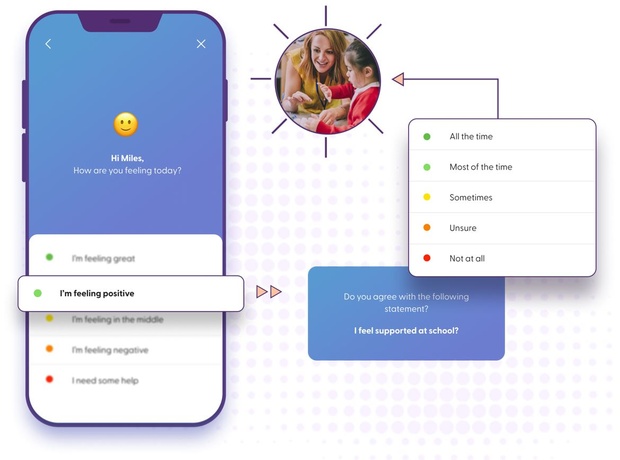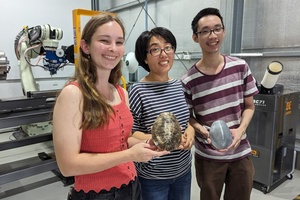This inherent trait is aided as more school leaders acknowledge the importance of a holistic approach to education; in which students’ academic, social and emotional development is understood as equally important.
Intuitively, we all know that prevention is better than postvention. It’s the reason why we all strive to NIP it in the bud (Notice, Inquire, Provide). The question is, how can you NIP often enough and early enough to achieve a preventative approach to school wellbeing?
The first step is to Notice. That’s easier said than done when you have a large number of students to oversee and staff’s busy schedules. Schools often rely on data collected via large, anonymous surveys to identify problem areas. The obvious drawback with this approach is that the data reflects a single point in time and can often be out of date.
Weekly check-ins are capable of unlocking powerful conversations. By checking in with students regularly, you get early insight into wellbeing issues before they emerge allowing you to build a preventative approach through:
- Easy help-seeking: Students are not always forthcoming about their emotions. Check-ins encourage early help-seeking.
- Trend spotting: Check-in results allow you to look for emerging trends at a class, group, or cohort level thus enabling you to address low points specific to needs of the students.
- Building trust: Implementing small regular actions based on data improves student engagement and trust.
- Echoing student voice: Sharing school wellbeing initiatives with students and the community will send a strong signal that you’re listening to your students’ voice.
EI Pulse - prevention through intervention
ei Pulse delivers a real-time snapshot into your students’ wellbeing with weekly check-ins, enabling you to NIP it in the bud – early!














